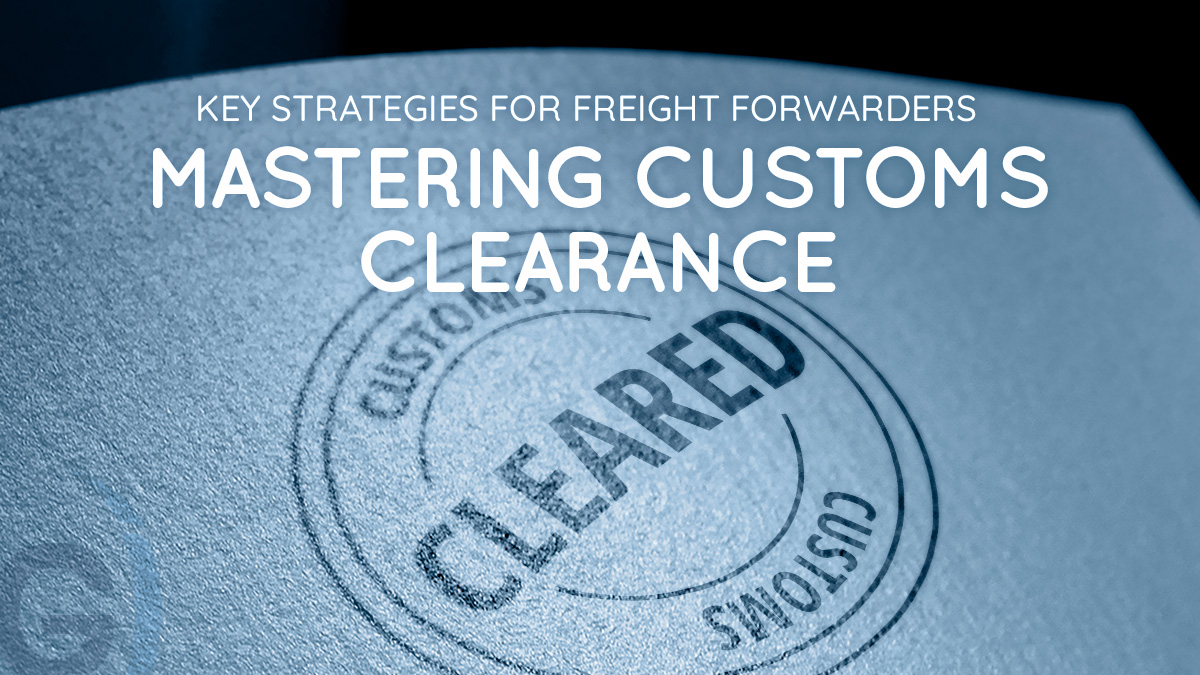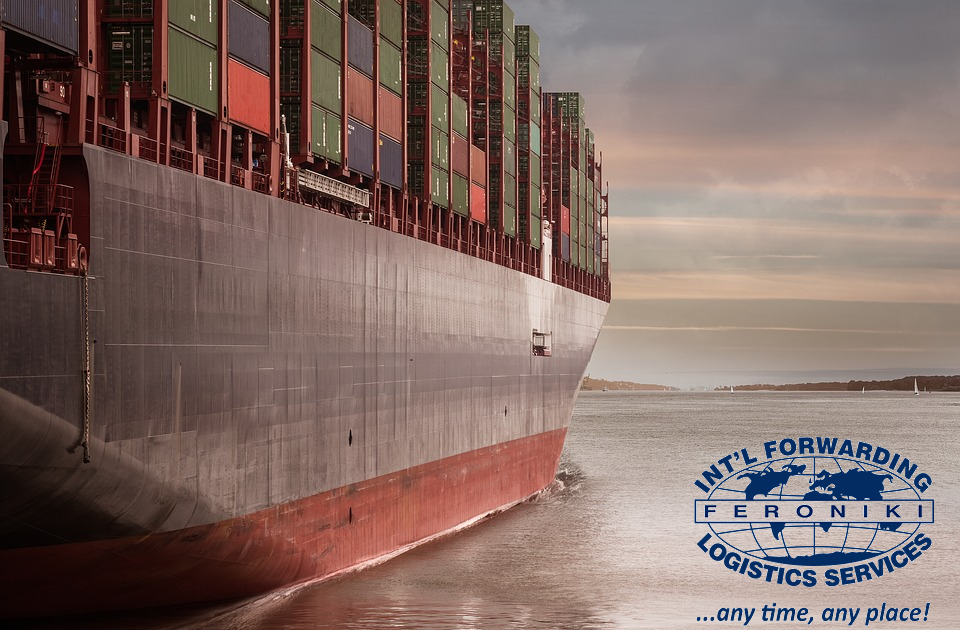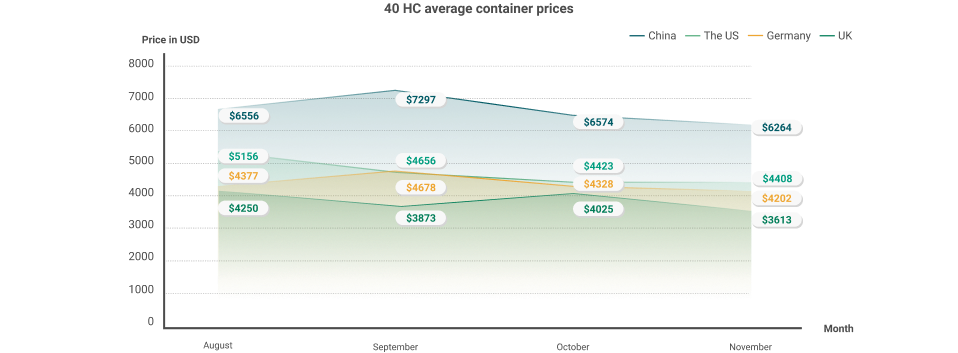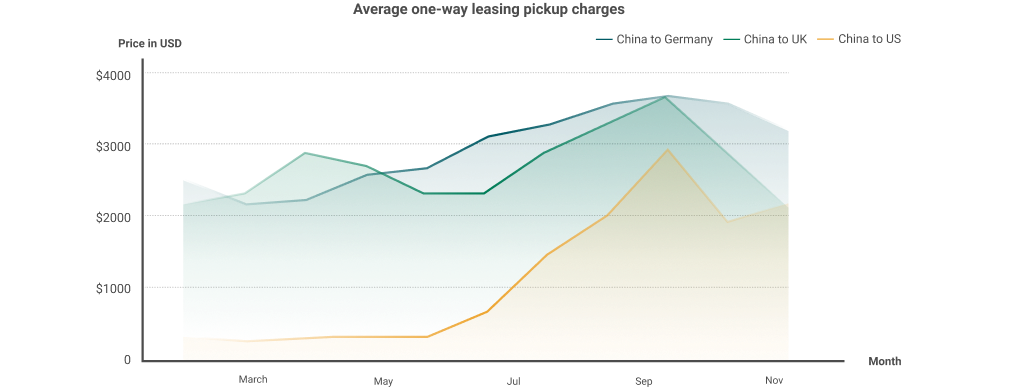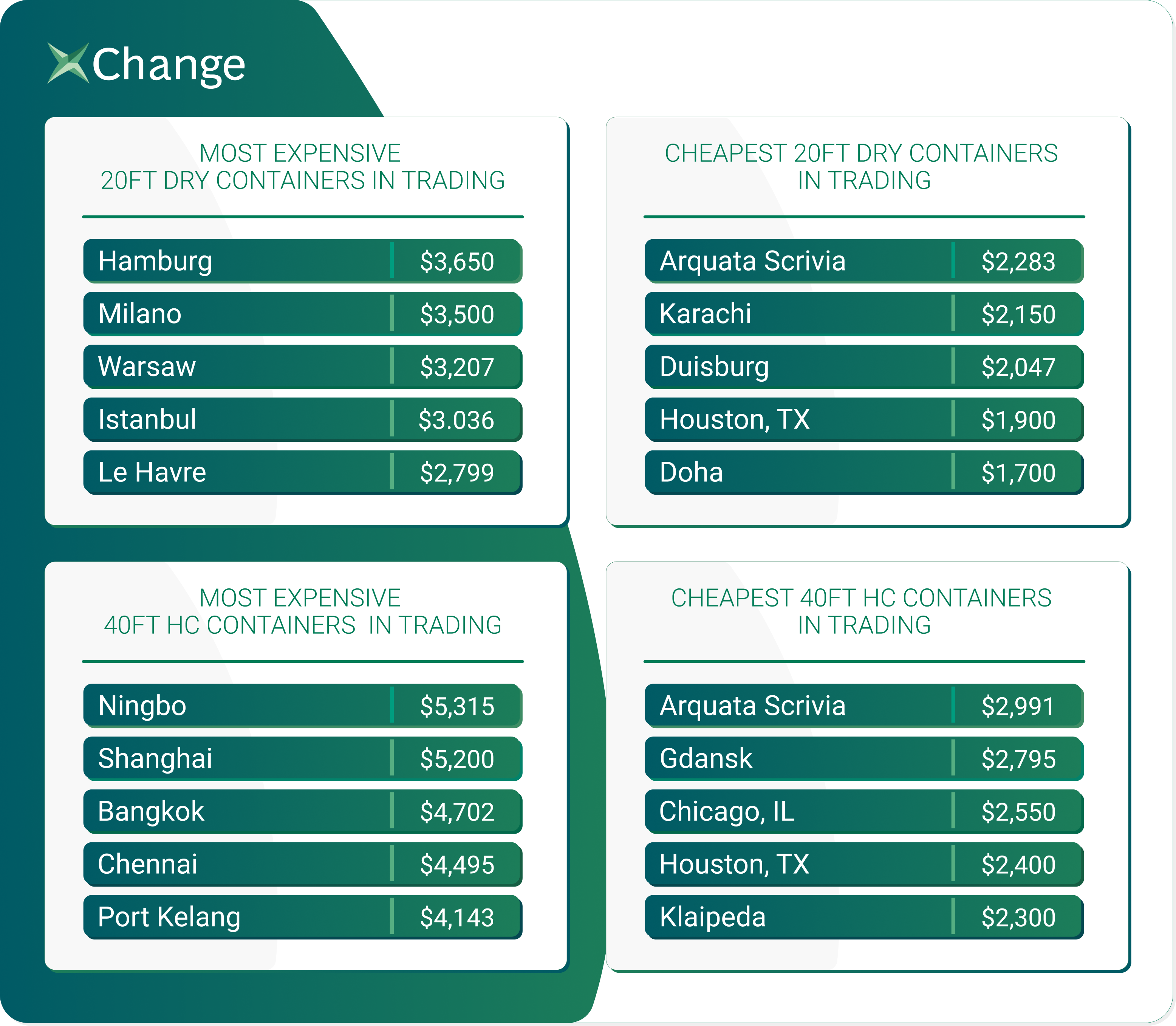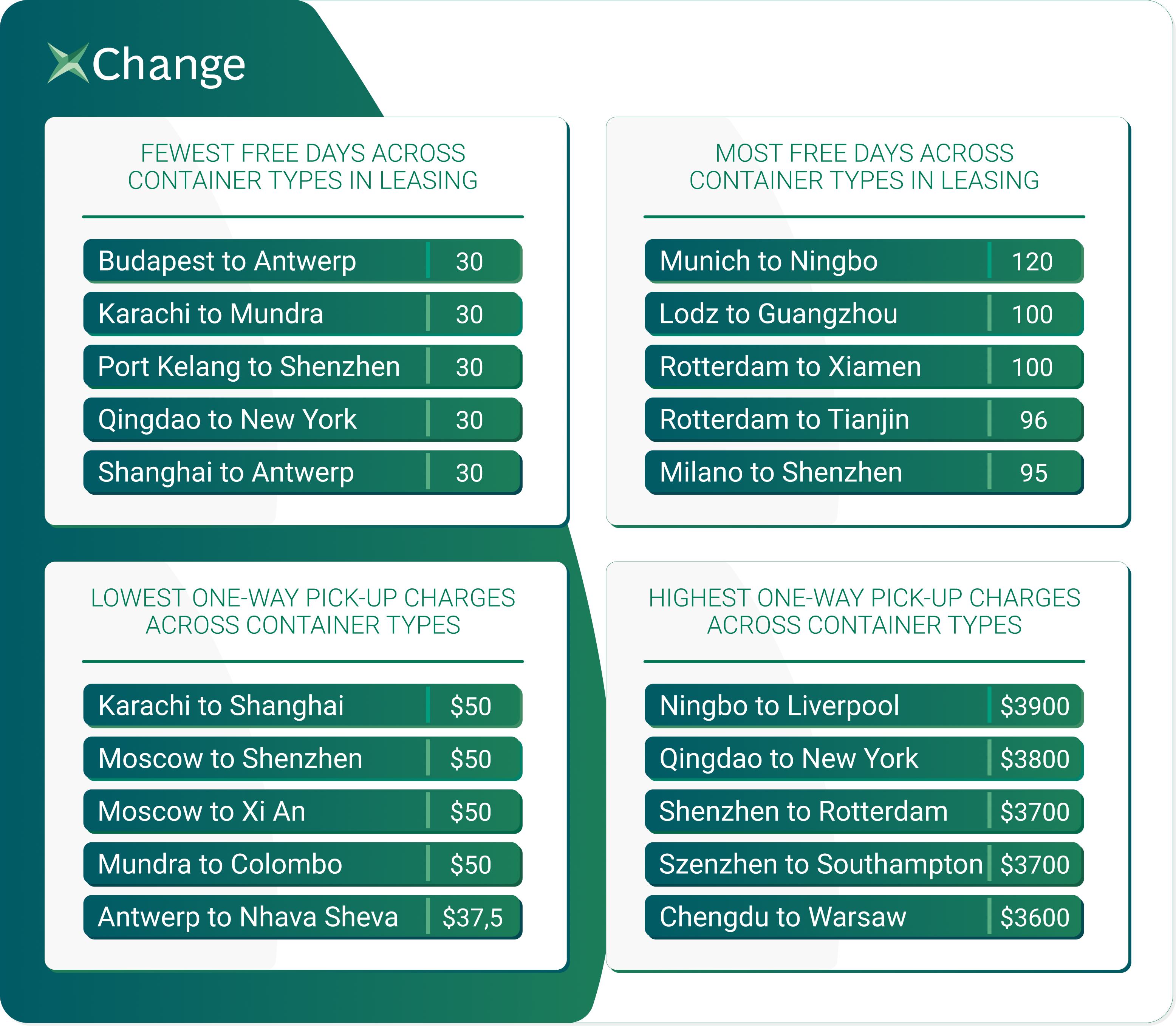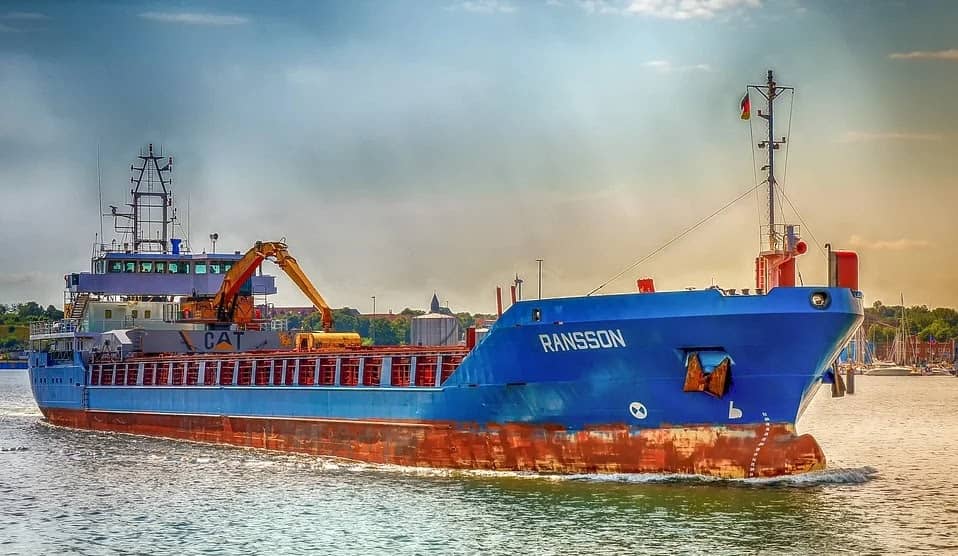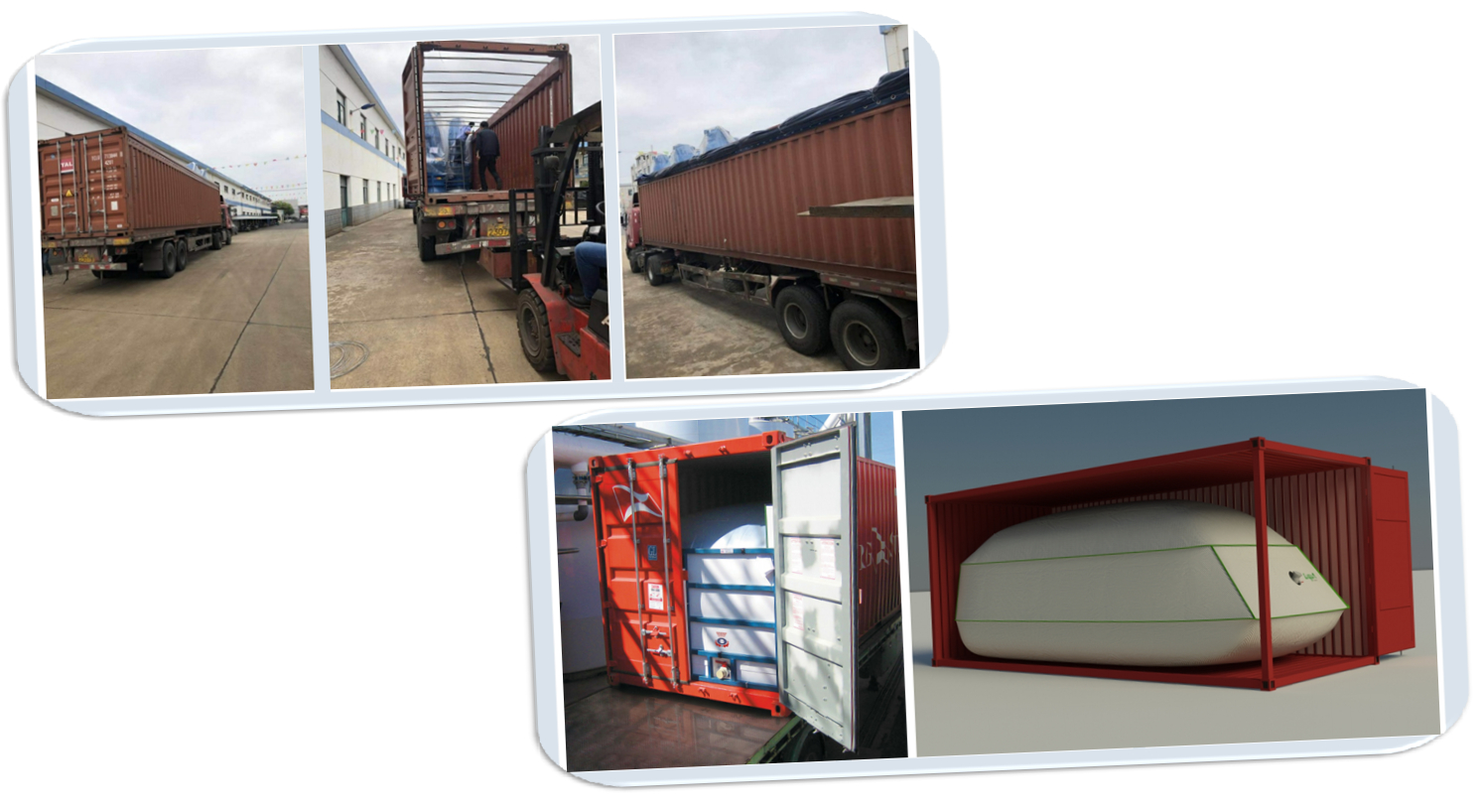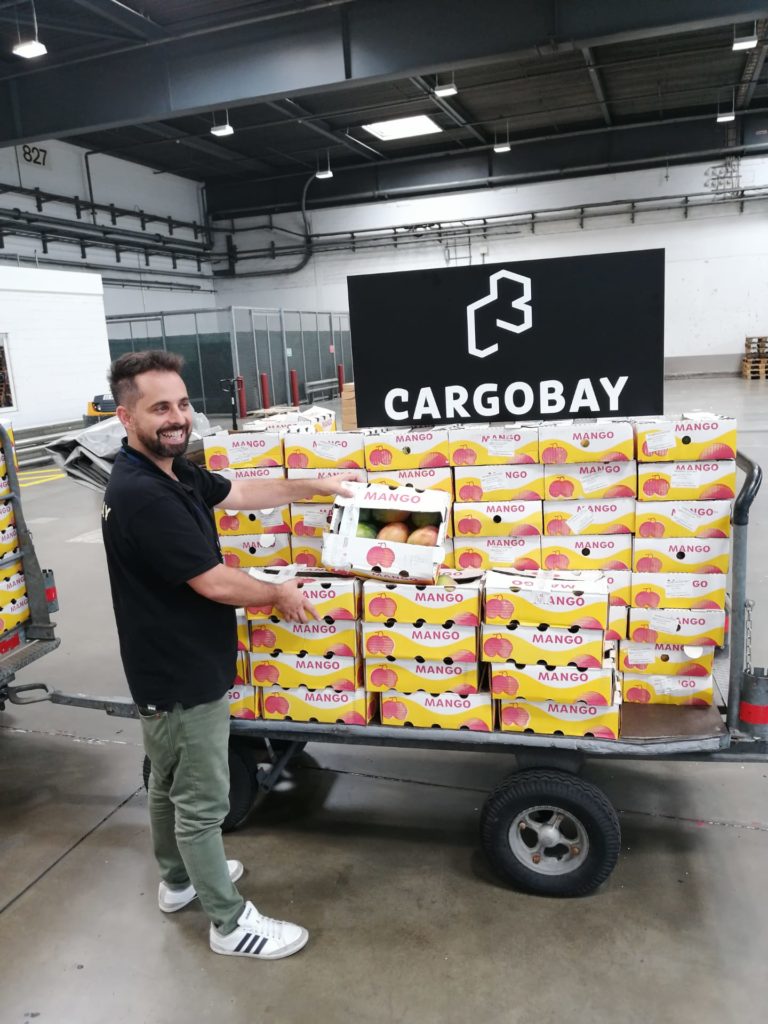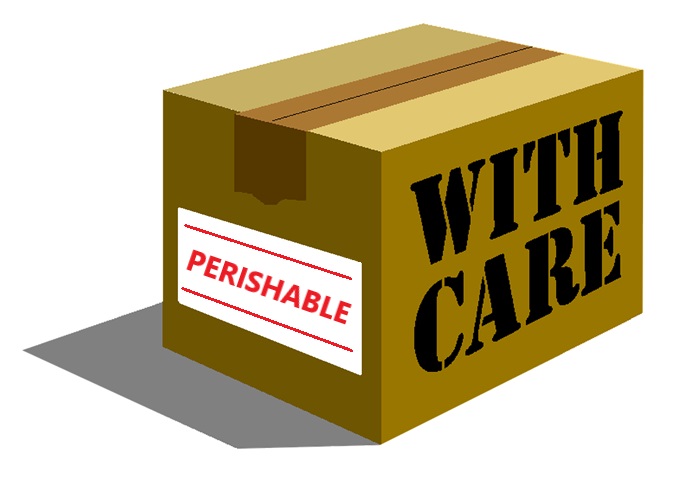In the evolving world of international logistics, precise terms and definitions guide every transaction, ensuring that goods reach their destination on time, in proper condition, and with clear financial responsibility. Freight forwarders, the linchpins of global trade, rely heavily on Incoterms—standardized international commercial terms issued by the International Chamber of Commerce (ICC). These terms are far more than simple jargon; they form the backbone of every shipment, establishing crucial guidelines for the responsibilities of sellers and buyers.
“Incoterms allow freight forwarders to plan, communicate, and execute shipments with transparency and efficiency,” states Antonio Torres, President and Founder of Globalia Logistics Network. “They are essential tools in an increasingly complex global market.”
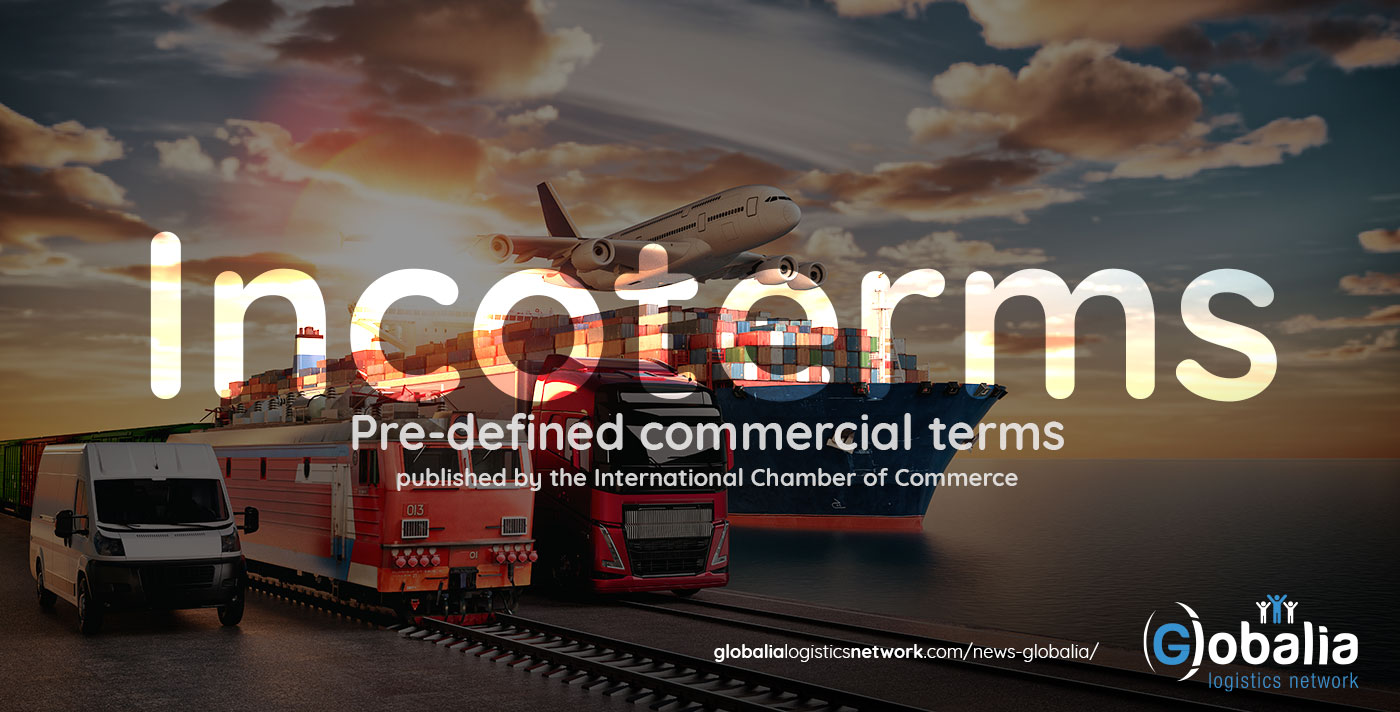
What Are Incoterms and Why Are They Important?
Incoterms, short for International Commercial Terms, define the division of responsibilities, costs, and risks between sellers and buyers in international trade. Since their inception in 1936, these terms have provided a standardized framework that streamlines the shipping process, reduces misunderstandings, and sets clear expectations for both parties. Incoterms address critical components of shipping, including transport mode, risk transfer, insurance, and customs clearance, making them a key resource for freight forwarders navigating complex transactions.
Enhancing Clarity and Reducing Disputes
Clear communication is vital in logistics, especially when multiple parties are involved in a supply chain. By utilizing Incoterms, freight forwarders can mitigate misunderstandings and reduce disputes related to cost-sharing, delivery responsibility, and ownership transfer. “Incoterms simplify the negotiation process, allowing forwarders to provide clients with straightforward, reliable service,” explains Torres. This clarity in shipping terms builds trust with clients and contributes to long-term partnerships.
Risk Management and Liability Reduction
The complexities of cross-border transactions carry risks, such as potential delays, damage, or customs issues. Incoterms address these risks by specifying where the responsibility shifts from seller to buyer, helping freight forwarders clearly delineate their role and avoid unnecessary liabilities. For instance, terms like FOB (Free on Board) and CIF (Cost, Insurance, and Freight) allow freight forwarders to understand their level of responsibility at various stages, which aids in strategic planning and risk mitigation.
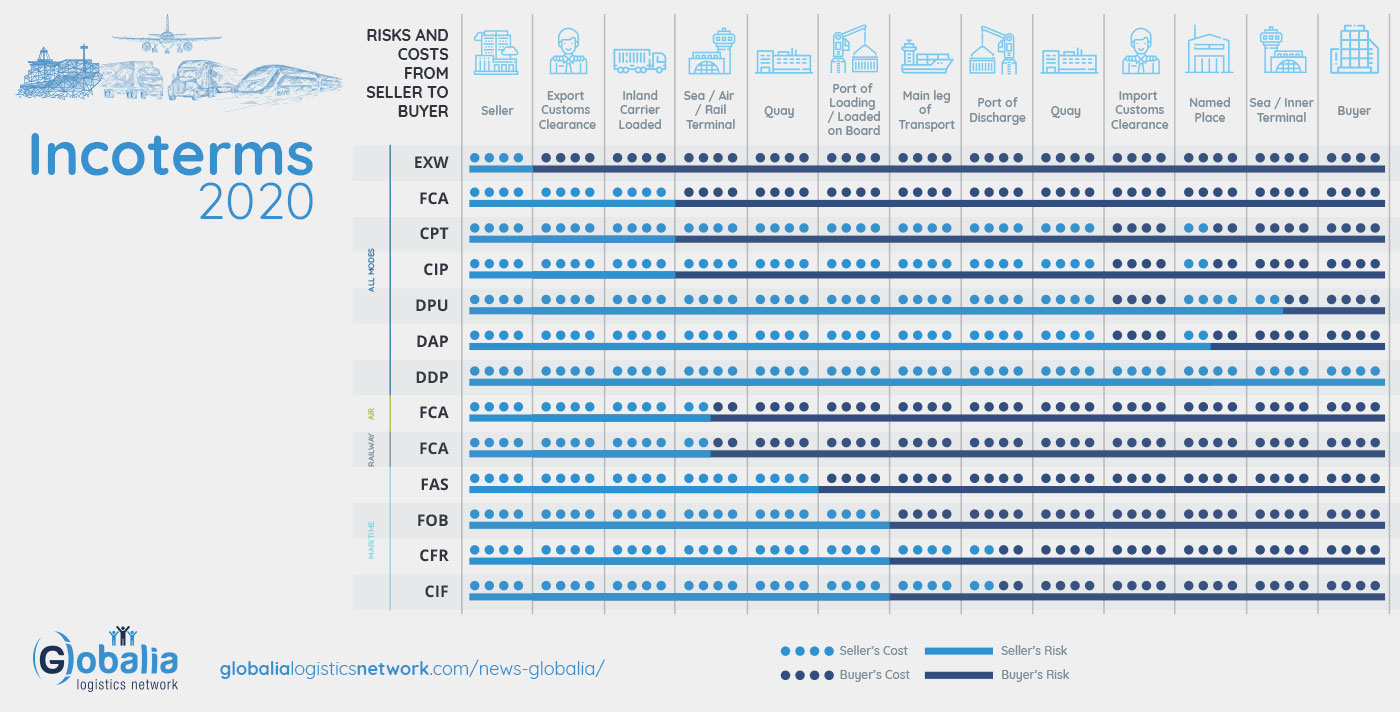
Cost Control and Financial Planning
Accurate cost allocation is vital for effective financial planning in logistics. Incoterms specify who bears each cost, including transportation, insurance, and customs duties. By understanding and implementing these terms, freight forwarders can provide clients with transparent pricing structures and avoid unexpected expenses. “In today’s competitive market, cost control is critical,” says Torres. “Incoterms empower forwarders to offer cost-effective services by allocating expenses in a way that benefits all parties involved.”
Supporting Compliance and Legal Requirements
Navigating international regulations can be challenging, with different countries having specific legal and tax requirements. Incoterms offer a globally recognized set of rules, helping freight forwarders comply with international standards and minimizing the likelihood of customs delays or legal complications. Using Incoterms, forwarders can streamline customs processes and maintain compliance, safeguarding both their reputation and that of their clients.
Building Client Confidence and Enhancing Service Quality
Incoterms are not just an operational tool; they are a means to deliver enhanced client service. By managing transactions with precision and clarity, freight forwarders can foster client confidence and differentiate themselves in a competitive market. Clients, particularly new importers or exporters, often rely on the expertise of forwarders to guide them through complex logistics arrangements. As Torres puts it, “Incoterms strengthen the professional image of forwarders, showing clients they can be trusted to handle their shipments accurately and responsibly.”
Conclusion
In an era where efficient, reliable logistics are indispensable for global trade, Incoterms remain a foundational tool for freight forwarders. These terms enable companies to operate with precision, transparency, and accountability, all while reducing risk and controlling costs. “For forwarders, understanding Incoterms is not just a matter of expertise—it’s essential for business success,” Torres concludes. By integrating Incoterms into daily operations, freight forwarding companies position themselves to navigate the challenges of international shipping with confidence and competence.


